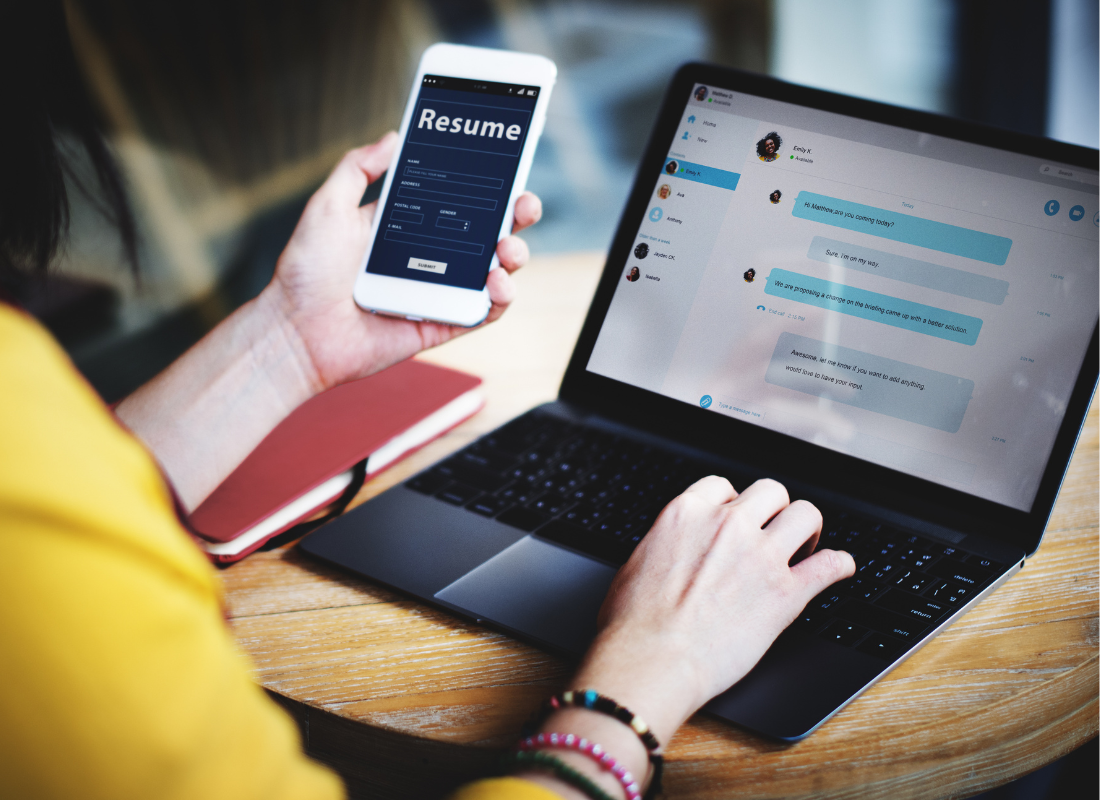Want more like this?
Sign up today to get free articles, webinars, whitepapers, yearly guides and more delivered to your inbox.
Managing Employee Wellness During COVID-19
Originally published on July 28, 2020
Updated on February 7th, 2024
Now more than ever, we’re aware of our need to keep employee wellness and health front of mind. You do everything in your power to keep your people safe, comfortable, happy and in good health. Chairs with good lumbar support, casual Fridays to boost morale, benefits packages with specific health and wellness perks… it’s all part of how you show your employees they are valued and integral to your company’s success.
How can employers support the physical, mental and emotional wellness of employees when they’re no longer on premises every day? It’s an important question. We already know employee wellness can be directly tied to company performance. With these trying times, however, it becomes a critical part of your company culture. Here’s how you can help.
Promote physical wellness.
Consider the change in physical regimen when working from home vs. in an office. For many employees, it means extended periods of sitting in a place not specifically equipped to support their work style. In an office, employees have access to ergonomic furniture and accommodations, as well as incentive to stand up and walk around. At home, this may only be partially true.
Sitting at the dining room table, home office or on the couch, it’s easier to become entrenched. Employees move less. Their posture is worse. And this is without accounting for the physical manifestations of stress brought on by their abrupt new work arrangement.
Encouraging physical wellness, and reminding employees to be intentional with physical activity during the workday, should be a part of your wellness plan and regular communication with staff. A few ideas that can help get everyone moving:
- Check with your healthcare provider for free resources, discounts on fitness activities or exercise trackers, etc.
- Create virtual team running or walking contents. Participants track their miles each week and get bragging rights for the most miles in a week or month.
- Coordinate online yoga or fitness classes for employees to attend.
Some companies are going even further to ensure employee wellness—sponsoring healthy meal kits, for example. Whatever you do, find the line between providing resources for healthier living and intervening in your employees’ personal lives. For example, it’s okay to offer employees access to a digital workout plan; it’s not okay to mandate that they use it. Follow legal guidelines when developing an employee wellness plan.
Destigmatize mental health.
It takes time to adapt to living where you work and working where you live; the transition can be stressful. Employees may feel anxious, depressed, on edge or overwhelmed with feelings of being unable to escape work.
Employers can help employees find a happy medium in separating work life from home life. Destigmatizing mental health is the first step.
The simplest way to gauge employee mental wellbeing is to have one-on-one meetings with employees via phone or video chat. Keep them informal; the purpose is to talk about employees, not work. How are they feeling about their work arrangement? What stressors do they encounter regularly? What could you, the employer, do better to help mitigate stress and anxiety?
Let your people know that their feelings are valid and that they have your support. Provide information on how to access low- or no-cost help if they’re having a rough time adapting. Employee Assistance Programs (EAPs) can provide help and referrals to mental health providers, and telehealth is increasingly available to access therapists and psychologists. Promoting these and other sources may encourage employees to talk with someone about their feelings.
Here again, be mindful of legality. Offering resources to employees is good; mandating or recommending use of them crosses lines.
Practice emotional availability.
Emotional leadership is paramount as people continue working from home full time beyond the pandemic. Such leadership strengthens company culture.
The practice of emotional availability comes down to listening when employees speak and responding in a way that’s meaningful. Instead of pacifying or placating employees, emotional leaders will recognize and validate them.
It’s about interpreting frustration, anger, depression, timidity and other emotions into meaningful messages. “I understand you’ve been frustrated by X. What can we do to improve that situation for you?” Emotional availability shows employees that you see them as people, despite their decentralized presence.
Be sincere in your efforts.
Sending an email to employees about how “we’re all in this together” is well-intentioned. But it won’t leave your staff feeling any better on a physical, mental or emotional level. Instead, take meaningful steps to prioritize your employees as people. See them as individuals who, at any given time, may be suffering from the widespread impacts of COVID-19.
A little goes a long way when it comes to employee wellness. Sitting down for candid Zoom calls to talk through problems can unburden someone mentally or emotionally. Hosting a Friday night watch party or playing trivia games can put your team at ease after a long week. These solutions and dozens like them cost an employer almost nothing. Yet they have a profound impact on employee wellness and company culture.
If you’re unsure about how to implement these measures, an HR consultant can help. Please feel free to contact us for more ideas on taking care of your employees during this uncertain time.
All content provided in this article is for informational purposes only. Matters discussed in this article are subject to change. For up-to-date information on this subject please contact a James Moore professional. James Moore will not be held responsible for any claim, loss, damage or inconvenience caused as a result of any information within these pages or any information accessed through this site.
Other Posts You Might Like

